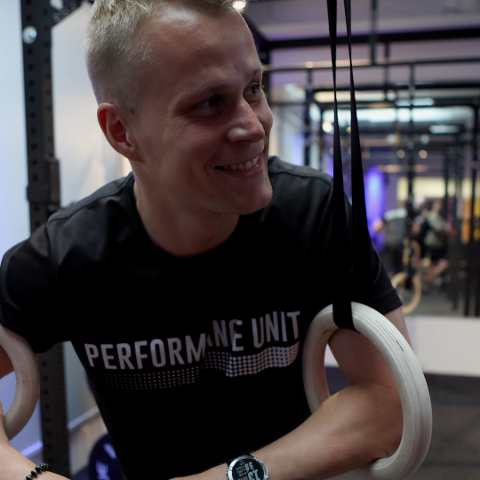
The Key to an Effective Core Workout Routine: Mastering Breathing Mechanics
The Key to an Effective Core Workout Routine: Mastering Breathing Mechanics
Unlock Core Strength with the Power of Proper Breathing
Think you need to do hundreds of crunches to build a strong core? Think again. The secret to an effective core workout routine isn't just in the exercises you do but in how you breathe while doing them. Discover why mastering breathing mechanics can take your core training to the next level.
The Core Beyond Muscles
Your core is the powerhouse of your body, encompassing more than just your abs. It includes the transverse abdominis, internal and external obliques, and the multifidus, all working together to stabilize your spine and support your movements. Yet, many people overlook the crucial role that breathing plays in engaging and strengthening these muscles.
The Importance of Breathing Mechanics
Enhanced Engagement and Stability:
Proper breathing ensures that the deep core muscles, especially the transverse abdominis, are effectively engaged. This muscle acts like a corset, stabilizing your spine and maintaining abdominal pressure, which is essential for overall stability during movement.
Injury Prevention:
Incorrect breathing can lead to poor posture and unnecessary strain on the lower back. Proper breathing techniques help maintain proper alignment and reduce the risk of injury, especially during intense core exercises.
Improved Performance:
Athletes and fitness enthusiasts benefit from better breathing techniques. Proper oxygenation supports endurance and power, allowing you to push harder and recover faster.
Understanding Breathing Mechanics
Crocodile Breathing: Crocodile breathing is an effective technique to engage your diaphragm fully and enhance core stability. Here’s how to practice it:
Step 1: Lie face down on the floor with your forehead resting on your hands.
Step 2: Relax your entire body and close your eyes.
Step 3: Breathe in deeply through your nose, directing the breath into your lower back and abdomen. Your stomach should press into the floor, and your lower back should rise.
Step 4: Exhale slowly and completely through your mouth, feeling your abdomen and lower back fall.

The Power of Exhalation: While inhalation is important, the exhalation phase is critical for core engagement. Fully exhaling helps activate the transverse abdominis, supporting spinal stability. Focus on a forceful and controlled exhalation during core exercises to maximize muscle engagement.
Applying Breathing Mechanics to Your Core Workout Routine
Begin with Awareness: Start each workout by practicing crocodile breathing. This helps enhance your mind-muscle connection and ensures that your core is engaged from the beginning.
Synchronize Breath with Movement: During exercises like planks, dead bugs, or Russian twists, coordinate your breath with your movements. Inhale deeply to prepare and exhale fully during the exertion phase to enhance core activation and stability.
Consistency and Progression: Mastering breathing mechanics takes time and practice. Gradually incorporate these techniques into your routine, and over time, you’ll notice improved performance and reduced discomfort.
The Breathing Breakthrough
Consider Marko, a dedicated fitness enthusiast who struggled with persistent lower back pain despite his rigorous core workout routine. Frustrated, he sought help from a coach who identified his shallow breathing pattern as the issue. By integrating crocodile breathing into his exercises, Marko not only alleviated his back pain but also saw significant improvements in his core strength and stability. The simple act of breathing correctly transformed his workout experience.
Breathe Your Way to a Stronger Core
A strong core isn’t just about endless crunches or planks. It's about understanding and utilizing the power of proper breathing mechanics to engage your muscles effectively, prevent injuries, and enhance performance. By focusing on crocodile breathing and integrating it into your core workout routine, you can unlock your core's true potential and achieve lasting results.